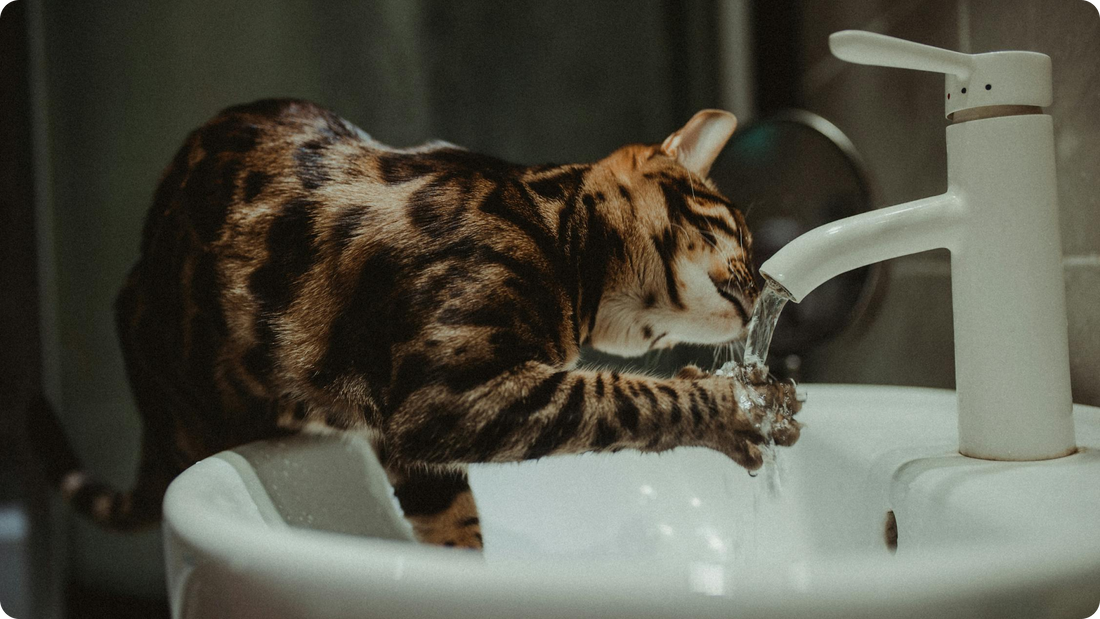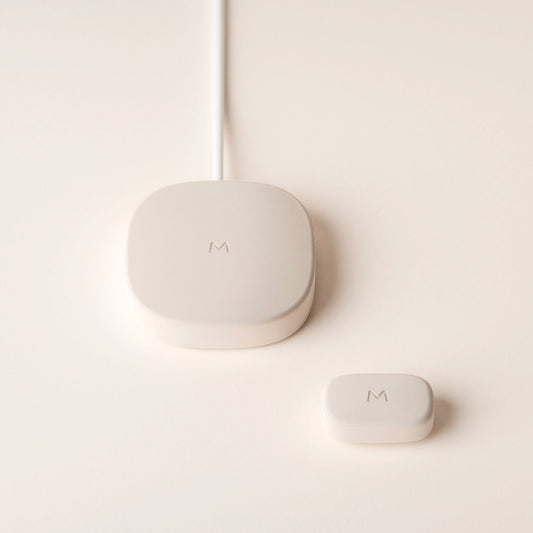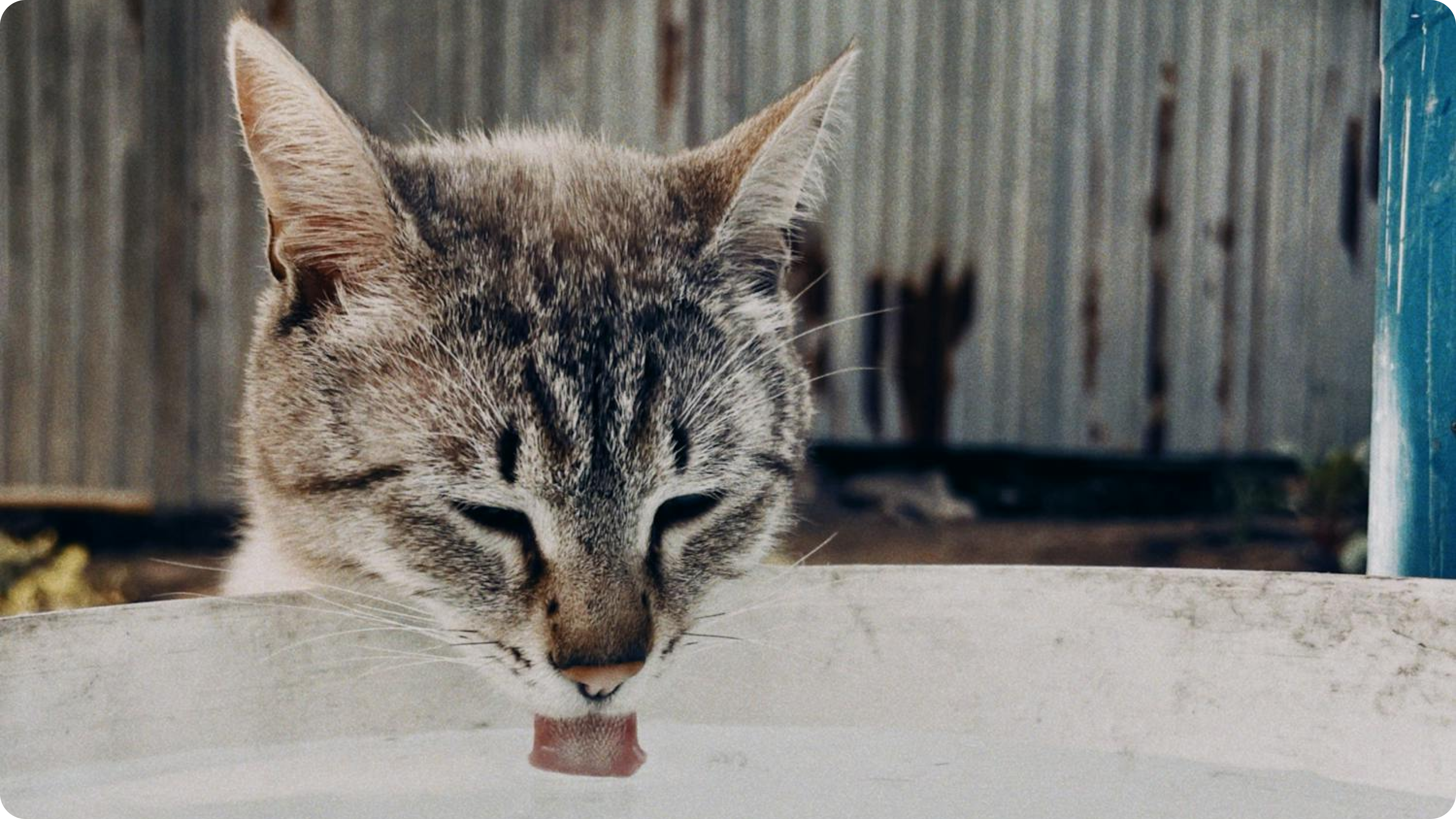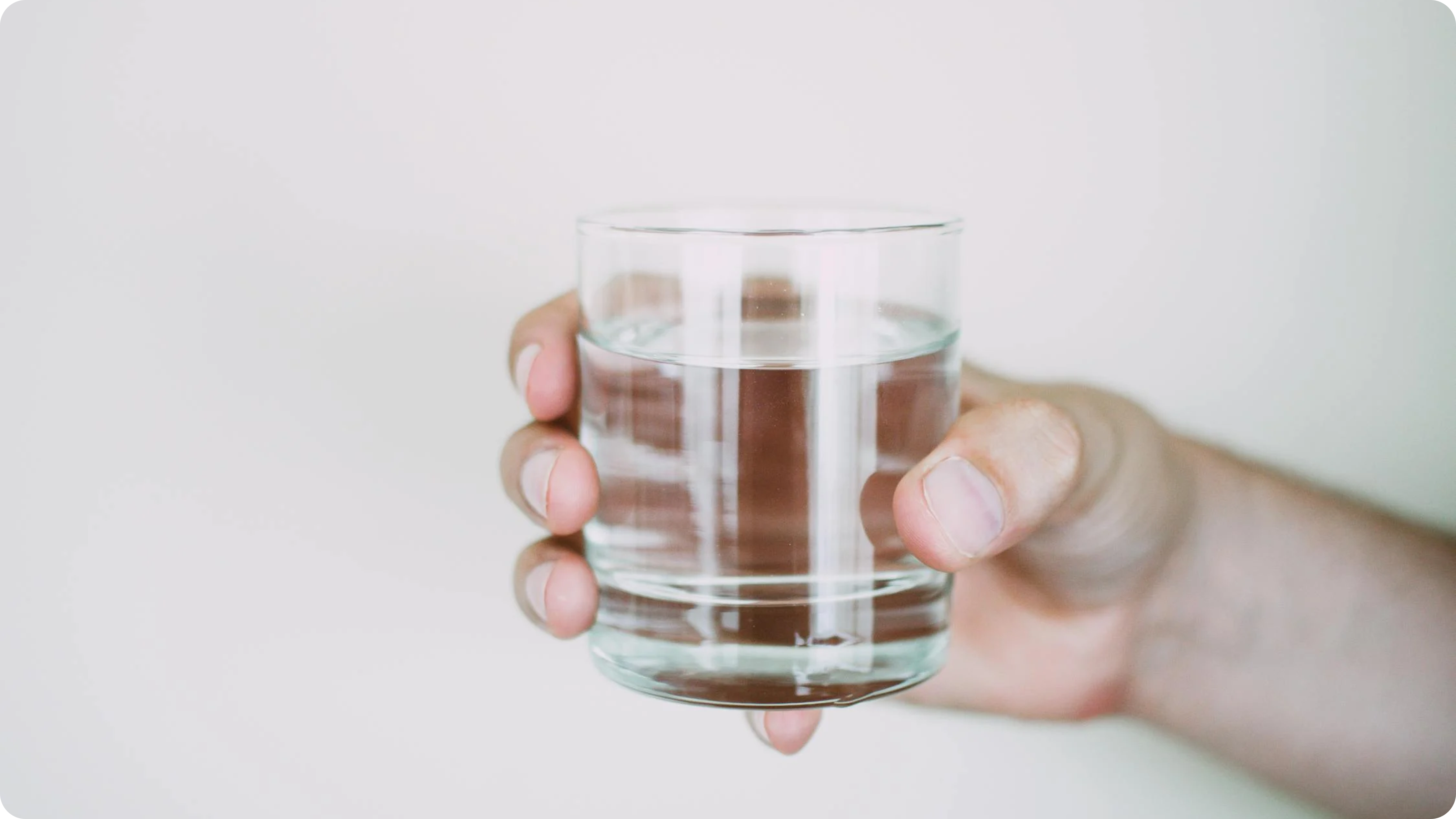Environmental Factors
Sometimes, the answer is simple. If the weather is hotter than usual, your cat might just be hydrating more to stay cool. Similarly, if you’ve changed their diet to include more dry food, they might need extra water to balance their hydration.
Dietary Changes
A switch to a diet with higher salt content or more dry kibble can lead to increased thirst. Dry food contains less moisture than wet food, so cats need to drink more to compensate.
Medical Conditions
Several medical conditions can cause increased thirst in cats. These include:
- Diabetes Mellitus: This condition affects the body’s ability to regulate blood sugar levels, leading to increased thirst and urination.
- Kidney Disease: As cats age, their kidney function can decline, resulting in greater water consumption.
- Hyperthyroidism: This is a condition where the thyroid gland produces too much hormone, speeding up the metabolism and causing increased thirst and appetite.
- Urinary Tract Infection (UTI): Infections in the urinary system can make your cat drink more in an attempt to flush out the bacteria.
Medications
If your cat is on medication, increased thirst could be a side effect. Always check with your vet if you notice any changes after starting a new medication.
When to See the Vet
If your cat’s increased thirst is accompanied by other symptoms such as weight loss, changes in appetite, lethargy, or frequent urination, it’s time to visit the vet. Even without additional symptoms, a noticeable change in drinking habits warrants a check-up to rule out any serious conditions.




